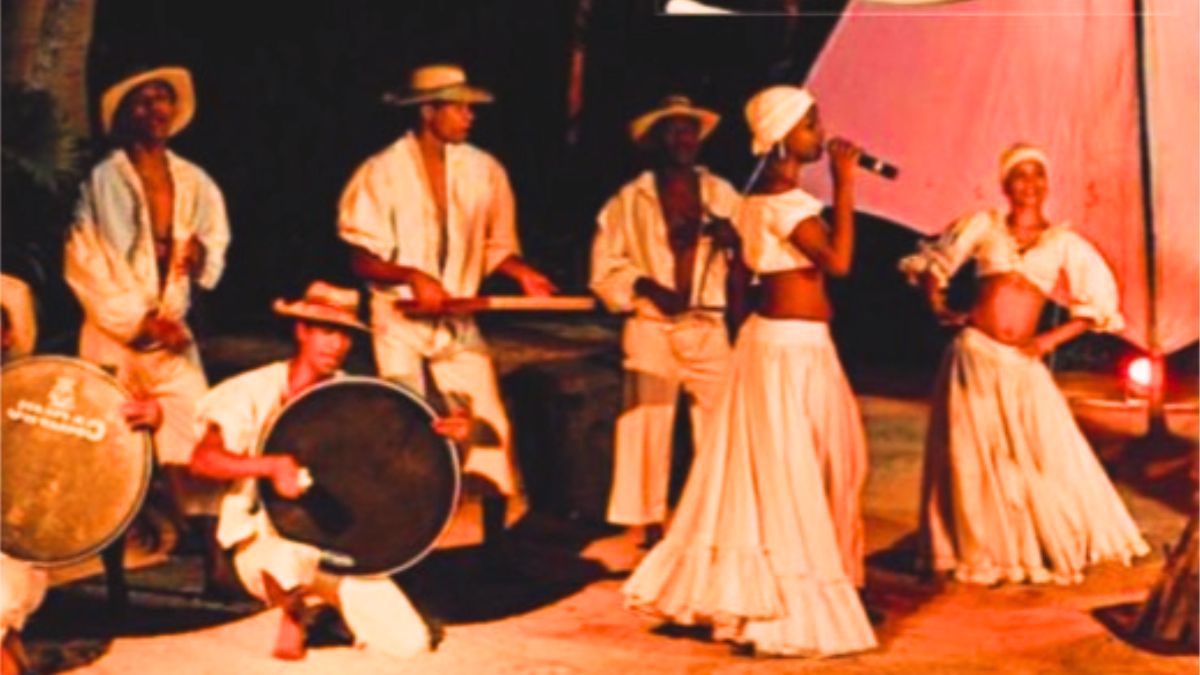LIFE AND STYLE
UNESCO Recognition Spices Up Sega Tipik Preservation Efforts

‘Lasosiasion Pratikan Sega Tipik’, a collective dedicated to promoting, collecting, and archiving intangible cultural heritage, is launching a series of events to showcase and preserve the Sega Tipik tradition.
The group, founded in 2016 by the Abaim group, has been working diligently behind the scenes to keep this cultural heritage alive.
With Sega Tipik being inscribed on the UNESCO Intangible Cultural Heritage list since November 2015, the upcoming exhibition and conference at the Caudan Arts Centre on Tuesday marks an important milestone in the efforts to raise awareness and continue the tradition.
This collective comprises 11 groups, all of whom are practitioners and heirs of families known for their contributions to this heritage.
These include Group Zenerasion Cassambo, Group Mazavarou, Group Ala mo la, Group Rosemonde Verloppe, Group Etwal.Filant, Group Zans Anba, Group Revelasion Ti frer, Group José Legris, Group Korperasion Tipik, Group Zenerasion Osean, and Group Abaim.
Marousia Bouvéry from the Abaim group explains, “Sega Tipik is part of our oral traditions. To preserve them, it is important to collect and archive them. This has become increasingly important in a sustainable development context. We can say that practitioners were ahead in this field. Long before the concept of sustainable development was developed.”
The upcoming exhibition and conference will focus on the theme of documentation and archiving of intangible cultural heritage.
The emphasis will be on Sega Tipik, highlighting its importance in preserving cultural diversity and ensuring sustainable development in the face of globalization.
Organizers are encouraging artists, teachers, researchers, and others to participate in these discussions to raise awareness of the richness of Sega Tipik and the Creole language.
This event aims to engage in dialogue and reflection on the importance of preserving and promoting intangible cultural heritage for future generations.
The engineer and sound collector Philippe de Magnée, who has recorded several Mauritian groups; Fareed Chuttun, former Permanent Secretary of the Ministry of Arts and Culture, who worked on the Sega Tipik dossier submitted to UNESCO; Stephanie Tamby, historian and director of the Morne Heritage Trust Fund; Venecia Mungapen, a researcher from the National Heritage Fund; and Alain Muneean from Abaim, actively involved in heritage collection, will speak on this topic.
Marousia Bouvéry also mentioned that a photo, audio, and video exhibition will take place on the same day from 2 pm to 4 pm.
It is open to the public free of charge. “This event marks the start of a series of activities surrounding Sega Tipik.
Soon, a book highlighting the pioneers in this field will be launched. It’s a tribute we want to pay them for the legacy they left us,” she explained.
She cited Fanfan, who passed away in August 2018, known for being a storyteller in addition to being a segatier.
“For us, Fanfan is a legend, a true one. His mastery of the ravanne, his stories, and expressions are treasures of our heritage that must be preserved and valued. This tribute to the elders is also an opportunity for us to ask ourselves: And what will we leave behind?” she pondered.
The book was made possible with 60% support from the National Arts Fund. The IBL group and the Mauritius Tourism Promotion Authority (MTPA) also collaborated.
“We are always in search of support, as this is a significant project with a national dimension and for heritage,” organizers emphasized.
An album featuring the 11 LaPrast groups will soon be released, along with a video. Concerts in various locations across the island are also on the agenda.
In addition to Sega Tipik, the Geet Gawai and Sega Tambour of Rodrigues are also listed on the UNESCO Intangible Cultural Heritage list.
The UNESCO Convention for the Safeguarding of the Intangible Cultural Heritage adopted in 2003 identifies five areas where intangible cultural heritage is manifested: oral traditions and expressions, including language, as carriers of intangible cultural heritage; performing arts; social practices, rituals, and festive events; knowledge and practices concerning nature and the universe; and skills related to traditional crafts.
The Convention states, “The protection and safeguarding of global cultural and natural heritage, and support for creativity and dynamic cultural sectors, are fundamental in addressing the challenges of our time, from climate change to poverty, through inequalities, the digital divide, and increasingly complex emergencies and conflicts.
UNESCO is convinced that no development can be sustainable without a strong cultural component.”
Source: Le Mauricien











